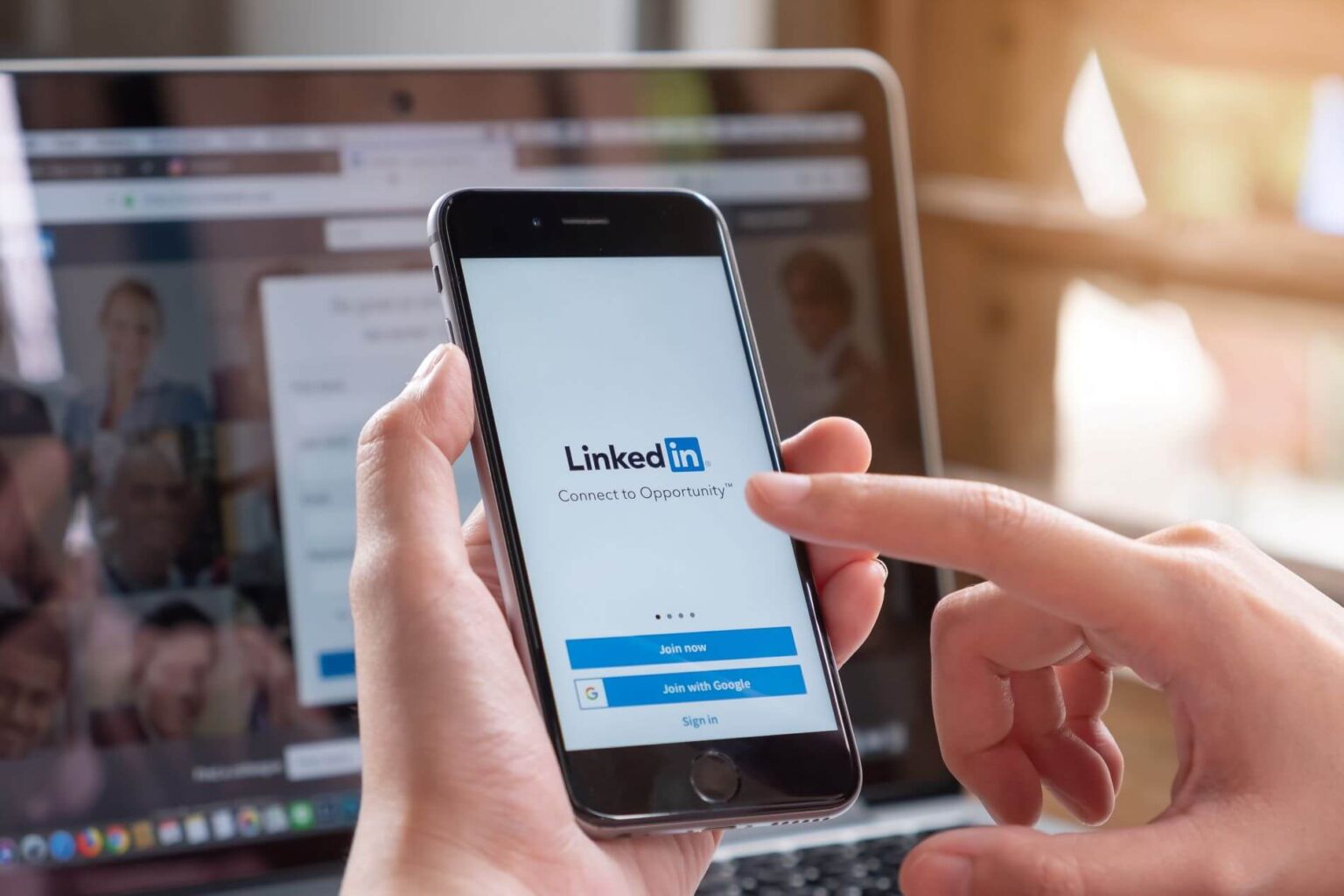You might have noticed that your LinkedIn feed looks a little different lately. Specifically, outdated posts might be popping up on your feed, or engagement is lower than usual.
Don’t worry – it isn’t just you, and it isn’t a glitch on LinkedIn’s side. The cause isn’t certain, but one marketing expert has speculated that the professional network might have changed its algorithm to quietly minimise AI-generated content.
LinkedIn users are reporting that they are seeing old content and their posts are losing engagement. The fallout could hit sole traders and freelancers who are now struggling to build their brand on the platform the hardest.
What could be behind LinkedIn users’ upset?
While platforms like TikTok and Instagram have become a breeding ground for AI-generated content, LinkedIn is putting its foot down by punishing posts it believes to be created with AI. But the result of this has caused frustration among users.
“The LinkedIn algo sucks right now,” one user wrote. “Most of the posts I’m seeing are three weeks old. And my post yesterday did 60% of the views it normally would.”
Another wrote: “AI for good vs. AI for laziness — massive distinction between the two. One will get you ahead, the other will erode your LinkedIn and your brain power.”
Despite the platform offering its own AI-powered tools, such as its AI writing assistant, LinkedIn CEO Ryan Roslansky said that the “barrier is much higher” to post on the platform.
Speaking to Bloomberg, Roslansky added that users can face serious backlash if they share something that’s too obviously AI-generated.
“If you’re getting called out on X or TikTok, that’s one thing,” he said. “But when you’re called out on LinkedIn, it really impacts your ability to create economic opportunity for yourself.”
However, some experts have warned that the new algorithm’s AI detection might not be up to scratch. Sophie Rhone, founder of digital PR agency Cupid PR, argues that “the platform’s detection isn’t perfect” and that it’s “catching human-written posts in the crossfire”.
“Valuable content is being buried while recycled engagement bait from last month dominates the feed,” Rhone adds. “If you sound too polished, you risk being penalised, so what’s the incentive to create anything original anymore?”
What is the best kind of content for LinkedIn right now?
For regular users, LinkedIn is merely used to grow professional networks or look for career opportunities. However, for sole traders, freelancers and small businesses, it’s a crucial platform for brand visibility, generating leads and attracting the best talent.
As of 2023, over 2.9 million people on LinkedIn are linked to small businesses.
So, what kind of content won’t get banished by LinkedIn’s apparently toughened algorithm? Carrie Rose, founder and CEO of Rise at Seven, thinks that human-written thought leadership and opinion-based content are the best way to go.
“In a world where content is regurgitated, the algorithm is rewarding opinion-based pieces backed by examples,” Rose told Hello Partner.
“The best way to do this is to inject EEAT (Expertise, Experience, Authority and Trust). This is a concept which Google took seriously with its content. I think LinkedIn is following suit.”
How to navigate LinkedIn’s new algorithm
The obvious answer here is to avoid producing AI-generated slop for your posts. However, Rhone has also shared her own tips to weather LinkedIn’s algorithm.
These include keeping a human tone and avoiding sounding overly robotic. Timely copy, such as recent statistics or a new report, should also be included to avoid your post from looking “recycled”. She also advises that users stop editing posts within social media scheduling tools like Hootsuite, as LinkedIn may link this to bot behaviour.
Additionally, users should look out for signs that content is being suppressed or not getting reach, such as lower-than-expected engagement or posts not showing up in feeds. Experimenting with copy, such as trying out different tones, captions, or call-to-actions (CTAs), can also be useful to see what content performs best.
Finally, Rhone recommends that users should use timestamps by checking when their target audience is most active, or whether certain times of the day or week get better engagement.
“LinkedIn is resurfacing content strategically from your network to give users more access to trusted content on their space,” Rose continued.
“I think the whole industry in marketing needs to prioritise trust signals in order to be seen in the feed, and the algorithms are favouring it.”
